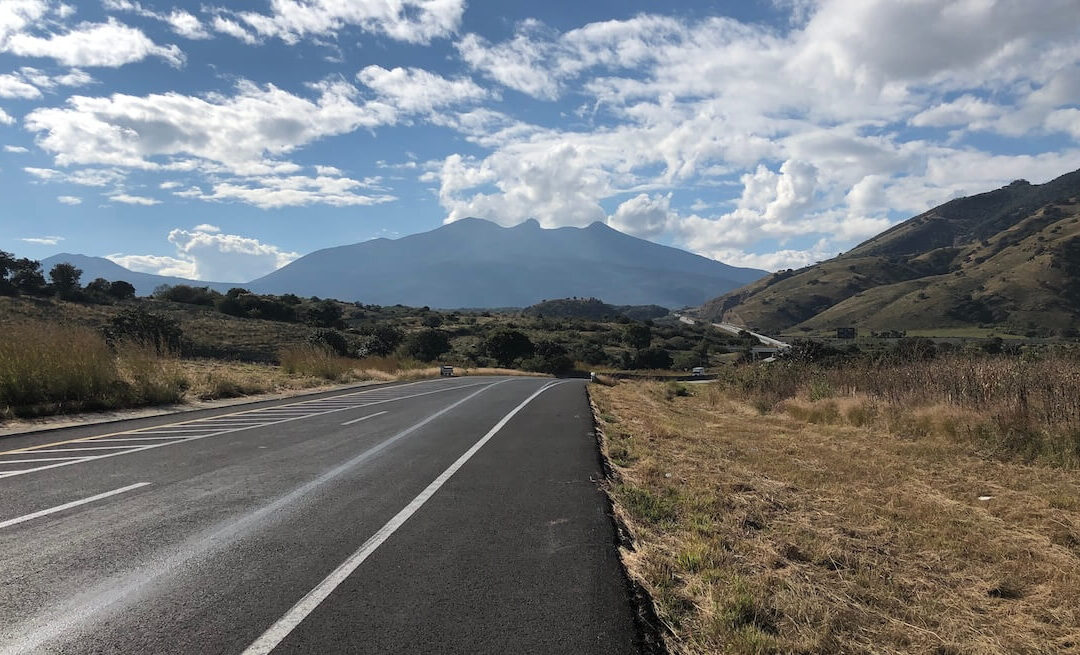Getting Around

Getting around Mexico can be an adventure, with options ranging from driving your own car to exploring the extensive public transportation network and domestic air travel. In this section, we provide information and guidance on navigating Mexico’s roads, using buses and trains, and understanding your responsibilities as a driver. For those bringing a car into the country, we cover the ins and outs of vehicle importation, border crossing requirements, and temporary vehicle permits. If you prefer public transportation, discover tips for getting around efficiently using buses, colectivos, metro systems, and more.
For longer distances, flying is a convenient and affordable option, with insights on domestic airlines, booking flights, and what to expect at Mexico’s airports. Additionally, we’ll help you stay connected while you’re on the go with information on cell phone service, SIM card options, and Wi-Fi hotspots. Learn how to use digital maps and navigation apps to streamline your travel plans. Whether you’re commuting locally, embarking on a road trip, or flying across the country, this section offers practical advice and detailed information to help you navigate Mexico with ease and confidence.
Explore What's New

Border Crossings into Mexico
Driving into Mexico can be a convenient and scenic way to begin your adventure, whether you're relocating or visiting for a short-term stay. The U.S. and Mexico border features dozens of vehicle crossings, some of which are busier and more frequently used than others....

Driving in Mexico
Driving in Mexico offers the freedom to explore the country’s diverse landscapes – from bustling cities to serene beaches. However, it's important to familiarize yourself with Mexico's driving laws, road conditions and the necessary documentation to ensure a smooth...

How to Bring a Car into Mexico – Temporary Import Permit (TIP)
For those moving to or spending extended time in Mexico, bringing a foreign-plated vehicle is often a practical option. However, importing a car into Mexico, whether temporarily or permanently, involves various regulations, paperwork, and fees. In this article, we...
HELPFUL ONLINE RESOURCES
- Gob.mx: Mexico’s official federal government portal with details on all government matters, including information on temporary vehicle import permits, customs regulations, and border updates.
- U.S. Customs and Border Protection (CBP) website: The U.S.’s official federal government agency responsible for all matters related to customs and international borders, including providing real-time information on wait times, entry requirements, and more.
- Banjercito: Mexico’s official federal government agency responsible for providing financial and banking services to the military, including administering TIPs for foreign vehicles. Banjercito falls under the Secretaría de la Defensa Nacional (SEDENA), which is Mexico’s department of national defense.
- Servicio de Administración Tributaria (SAT): Mexico’s official federal government agency responsible for the collection of taxes from individuals and businesses.
- Aduanas: Mexico’s official federal agency responsible for customs and border control, overseeing the import and export of goods while ensuring compliance with relevant laws and regulations. It plays a critical role in collecting customs duties, preventing smuggling, and facilitating legitimate trade. Aduanas operates under the Servicio de Administración Tributaria (SAT), which is part of the Secretaría de Hacienda y Crédito Público (SHCP), Mexico’s Ministry of Finance and Public Credit.
- SAT importation manual: This document provides extensive details regarding the temporary importation of vehicles, including the applicable laws.
- Waze (owned by Google), Google Maps, GasBuddy and TollGuru: Provide tools for navigation, real-time traffic updates, fuel price comparisons, and toll cost calculations, making travel planning and driving in Mexico more efficient and convenient.
- Facebook groups: There are numerous Facebook groups, such as “On the Road in Mexico” and “PanAmerican Travelers Association,” where travelers and residents share real-time tips, updates, and personal experiences. These groups are invaluable for finding information not just about driving and road conditions but also about public transportation, flying, navigating local airports, and other aspects of getting around Mexico. Members often provide advice on everything from recommended travel routes and safety tips to updates on vehicle importation, bus schedules, and insider tips for navigating metro systems or colectivos. Whether you’re planning a road trip, exploring new cities, or learning the ins and outs of local travel, these groups offer a wealth of practical knowledge and firsthand insights.
